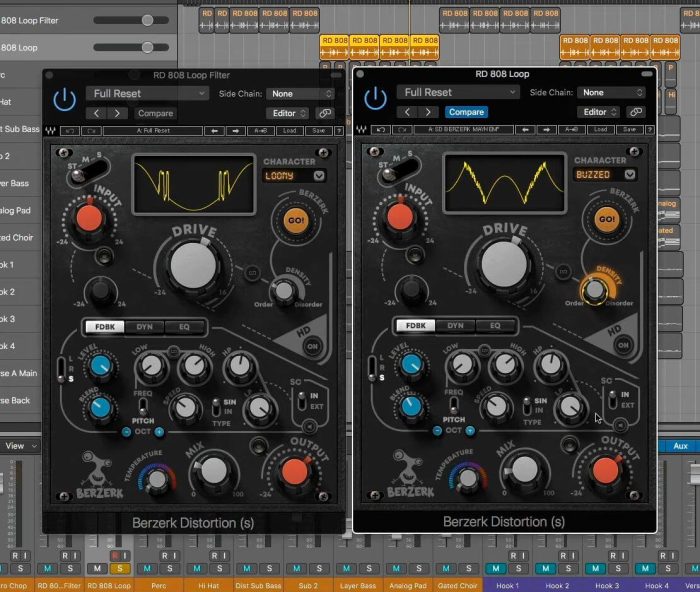


As you might have guessed, ST is stereo, DUO is dual mono, and MS is mid/side mode. In general, you should stick with the non-live components.Ībove every module are three switches labeled ST, DUO, and MS. In addition, if you are using the non-live components, the filters will process in linear phase mode to create little to no artifact on your audio. The cut-off/pass filters have a fixed slope of 48 dB per octave. The filter module has a high-pass, low-pass, and broad peak filter. For example, in many cases, the input module may be of little use. Similarly, you can enable or disable each module, which can help save CPU usage over time. However, if you are using it for mastering, we suggest keeping the limiter module at the end of the signal chain. The modules in the plugin can be placed in any order you like. The live components are latency-free, whereas the non-live components have linear-phase and oversampling. Similarly, the limiter has three options for its dynamic processing, ranging from soft compression to hard limiting.įurthermore, like all Waves products, it comes in four components: mono/stereo live and non-live.

The tone module is a four-band EQ with five pre-selected frequencies and filter shapes. The screenshot below shows the five modules: an input module, a tone control, a limiter, a filter, and an output module. There are five stages in the plugin the audio passes through. You can use it in any stage of music production to give it the console’s transistor-based sound. The name TG Mastering Chain comes from the EMI TG12410 Transfer Console it emulates. This plugin is an emulation of a well-known console employed in every Abbey Road Studios’ mastering process from the early 70s and even today.


 0 kommentar(er)
0 kommentar(er)
